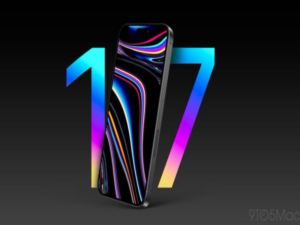What is Asset Tokenization?
Asset tokenization is the process of converting physical assets like real estate, art, or stocks into digital tokens on a blockchain. These tokens represent fractional ownership, making it easier for investors to buy and sell small portions of high-value assets.
How Asset Tokenization Benefits Small Investors
With tokenization, small investors can participate in markets previously out of reach. Instead of needing large sums to invest in real estate or fine art, they can purchase tokens representing a portion of these assets. This democratizes access and diversifies investment opportunities.
Increased Liquidity and Accessibility
Traditionally, investing in assets like real estate is illiquid and requires significant capital. Asset tokenization changes this by allowing investors to trade tokens on digital platforms, offering more flexibility and access to global markets.
Transparency and Security Through Blockchain
Blockchain technology ensures transparency and security in asset tokenization. Each transaction is recorded on a distributed ledger, reducing fraud and enhancing trust. Investors can track their tokens and ownership rights with confidence.
Examples of Tokenized Assets
Tokenization is being applied to various assets, including:
- Real Estate: Investors can own shares of properties worldwide.
- Art and Collectibles: Buy fractional ownership of rare artworks.
- Stocks and Bonds: Trade tokenized versions of traditional securities.
The Future of Asset Tokenization
As asset tokenization gains popularity, more platforms are emerging to facilitate token trading. This trend is likely to reshape global finance, providing small investors with more opportunities to grow their wealth.
Conclusion
Asset tokenization is a game-changer for small investors, offering access to high-value assets, increased liquidity, and enhanced security. By embracing this innovation, investors can diversify their portfolios and unlock new earning potential.

